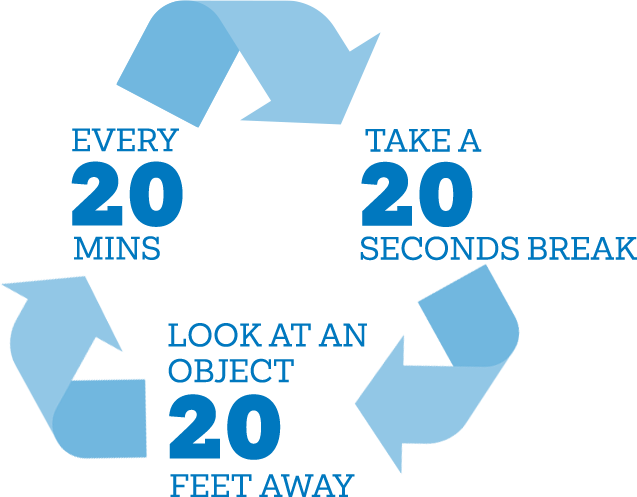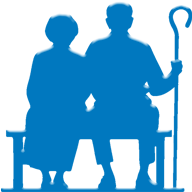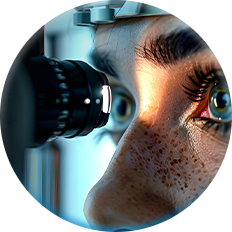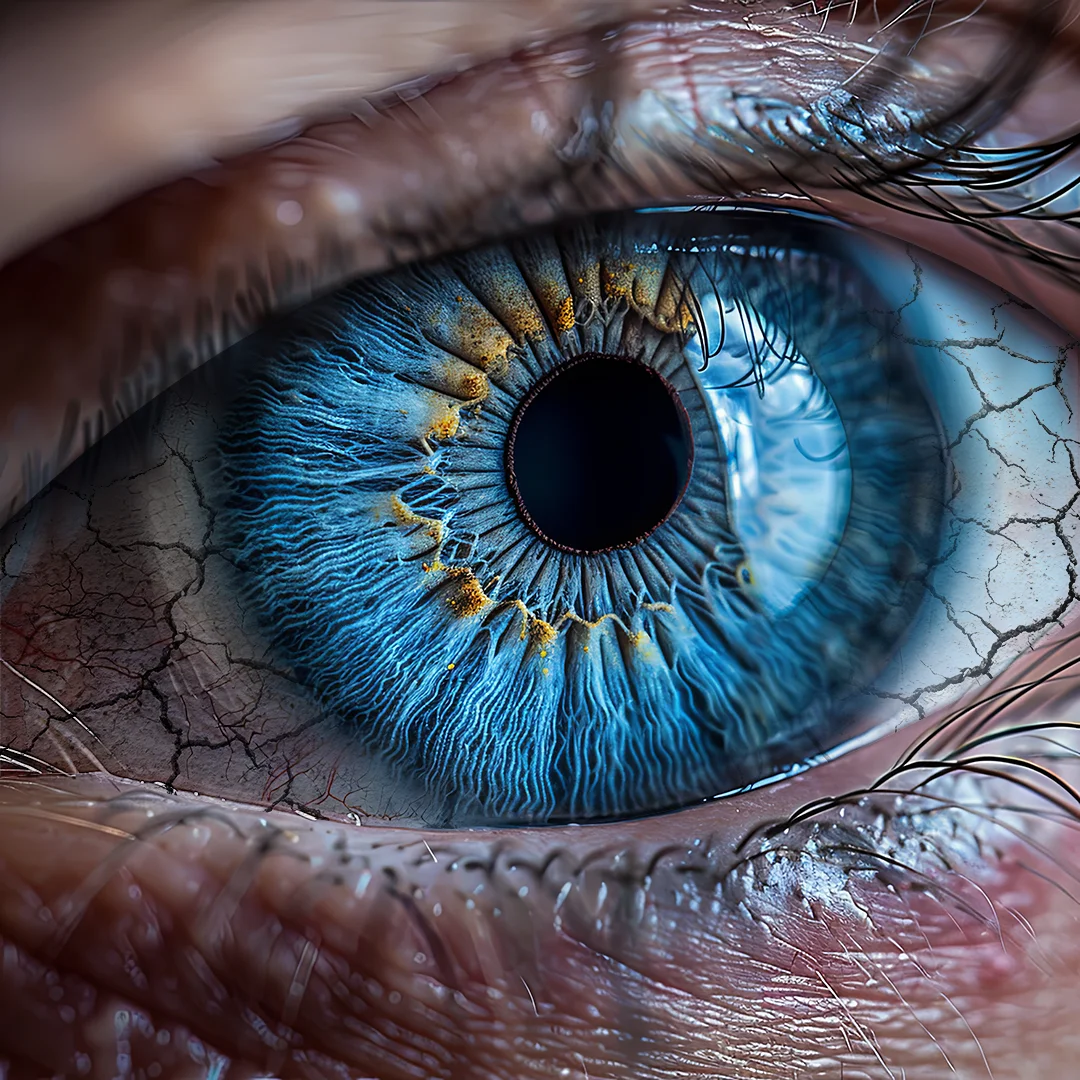ROLE OF TEARS
INCREASED EYE PRESSURE:
Elevated intraocular pressure (I0P) is a primary risk factor for glaucoma. When the fluid inside the eye fails to drain properly, pressure builds up, damaging the optic nerve over time.
AGE:
Advancing age is a significant risk factor for glaucoma. Individuals over the age of 60 are at a higher risk of developing the condition, with the risk increasing with each decade of life.
FAMILY HISTORY:
Genetics play a crucial role in glaucoma. If you have a family history of the condition, you may be at a higher risk of developing it yourself.
ETHNICITY:
Certain ethnic groups, such as African Americans and Hispanics, have a higher predisposition to glaucoma and are more likely to experience severe vision loss from the disease.
WHAT IS 20-20-20 RULE?
When working on your screen, apply the 20-20-20 RULE
Spending prolonged periods looking at computer, smartphone, or tablet screens can strain the eyes. Using the 20-20-20 rule can help in preventing this problem.

EYE AND YOU

OFFICE GOERS
Indoor humidity is increased due to air conditioning ceiling fans and forced air heating leading to rapid tear evaporation, which contributes to dry eye problems

CHILDREN
Medicines like anti-allergic can decrease tear production leading to dry eyes

WOMEN (POST-MENOPAUSE)
The natural ageing process is associated with dry eyes, especially women undergoing menopause

ELDERLY
Certain medicines, including anti-allergics, antidepressants, medications for anxiety, Parkinson’s disease, and high blood pressure have been associated with dry eye.

POST-SURGERY DRY EYES
Eye surgery sometimes leads to less production of tears
COMPUTER VISION SYNDROME
Computer vision syndrome is a complex eye problem related to the eye stress experienced in relation, or during, the use of computer.
Simple ways to prevent and manage computer vision syndrome
- Adjust your computer display settings
- Minimize screen glare. Consider computer eye wear
- Follow the 20-20-20 rule. After every 20 minutes look at 20 feet away for 20 seconds
- Consult eye specialist if there is grittiness, burning or foreign body sensation in eyes
- Use artificial tears as prescribed by the doctor
Are small screens causing bigger vision problems?
Staring at those tiny mobile screens can bring on an array of eye issues such as blurred vision, headaches, sore eyes, muscle strain and dry eyes.
Some common symptoms of eye strain are blurry vision, sensitivity to light, headaches, and watery, itchy or burning eyes. These group of symptoms is known as Computer Vision Syndrome. It happens to be a contributing factor for dry eyes.
PREVENTION OF DRY EYES
MEDICATION
After complete eye examination, ophthalmologists will prescribe the suitable medication.
SURGERY
Laser surgery such as trabeculoplasty or iridotomy is done to reduce the fluid blockage and eye pressure using lasers. .
Conventional surgery such as microsurgery is done to drain the fluid and ease pressure by creating a new channel near the drainage canal.
DRY EYE TEST
Why is Schirmer’s test done?
Schirmer’s test is done to detect production of tears. An abnormal result will signify dry eyes.
How is Schirmer’s test done?
Schirmer’s test is done in an eye clinic/hospital.
Step 1
To be seated in a comfortable upright position.
Step 2
The Schirmer’s test strip will be placed in the lower eye lid.
Step 3
After 5 minutes the Schirmer’s strip will be removed from the eye. After removing the schirmer’s strip from the eye, the reading is recorded




